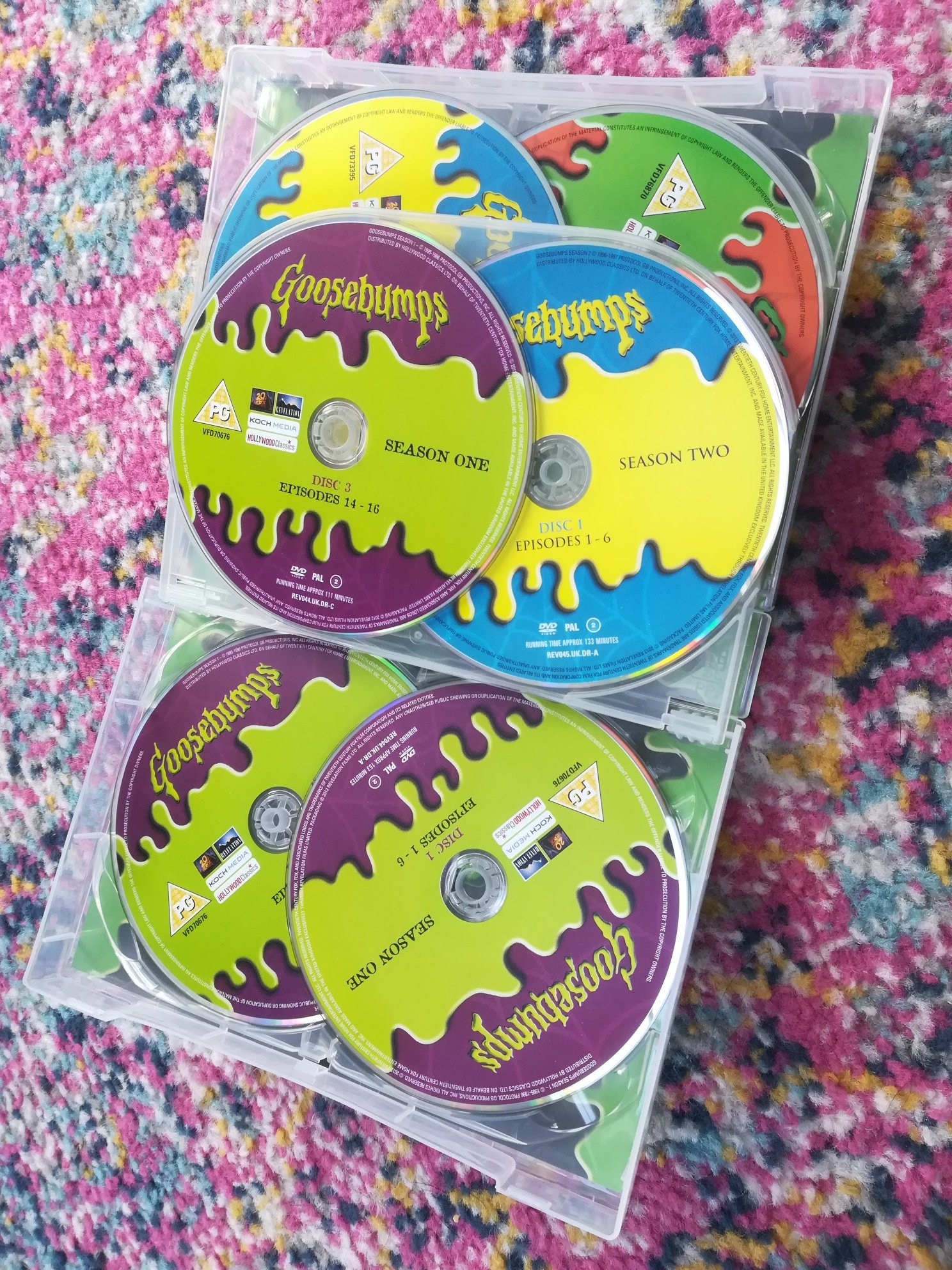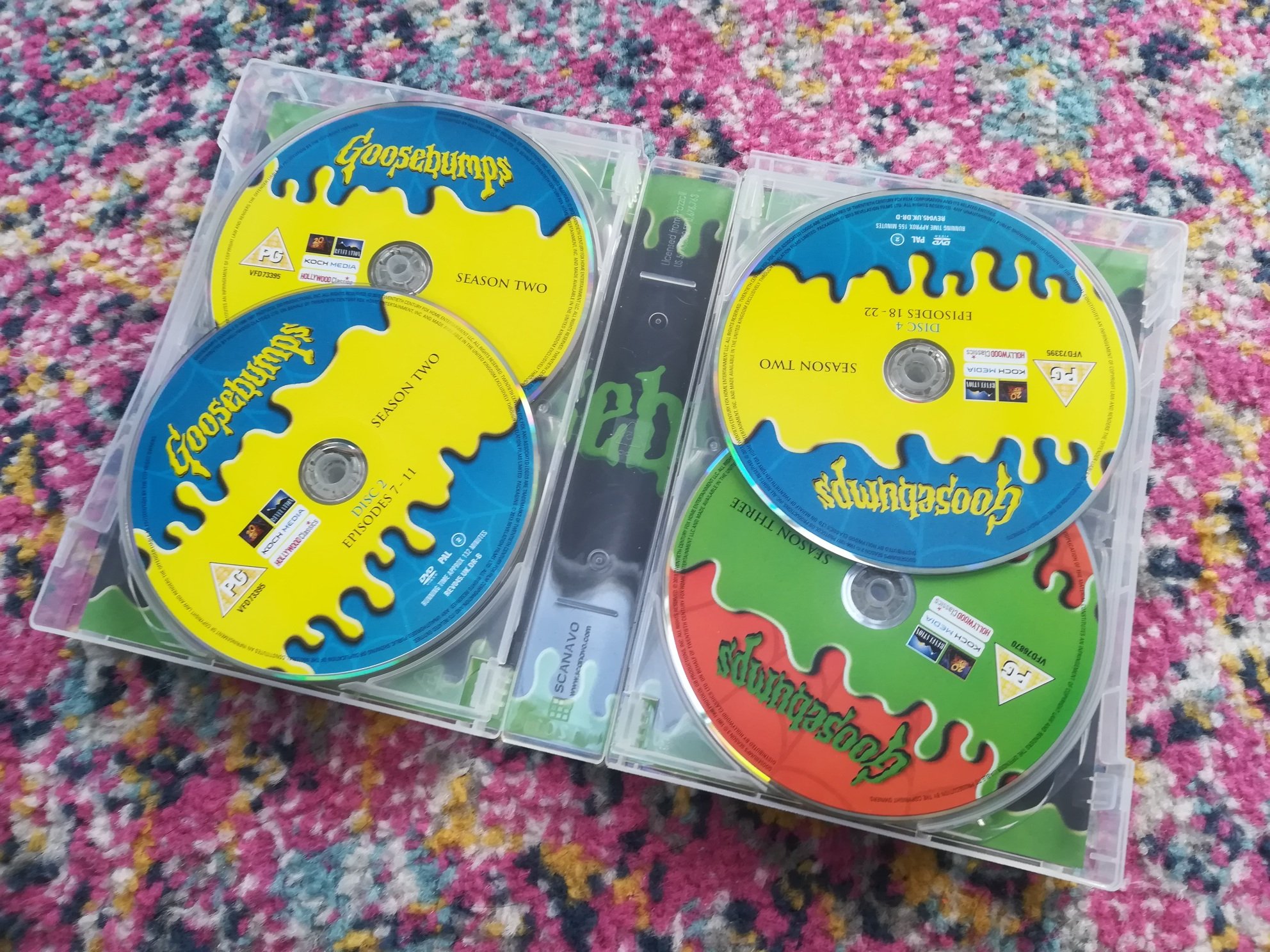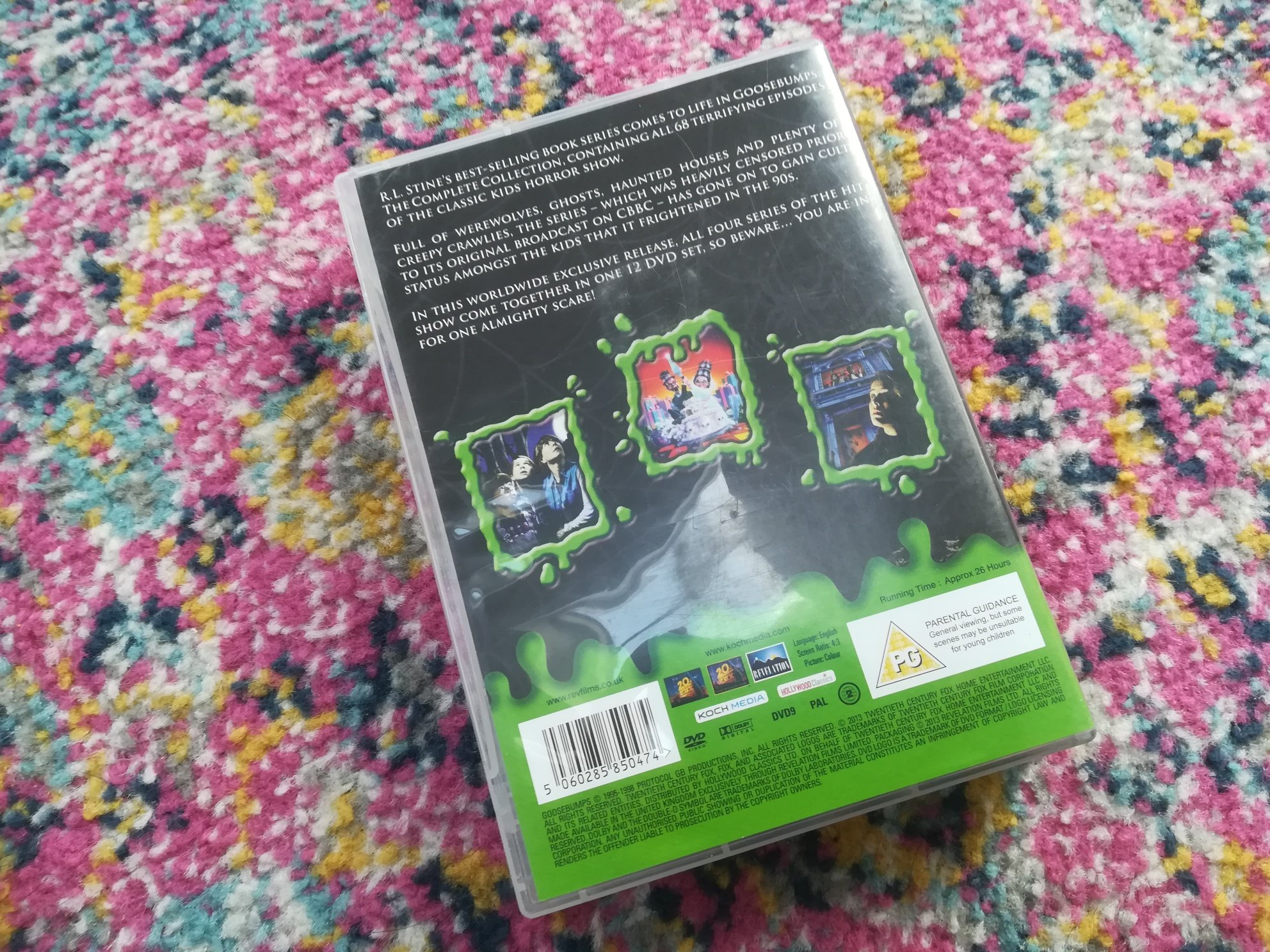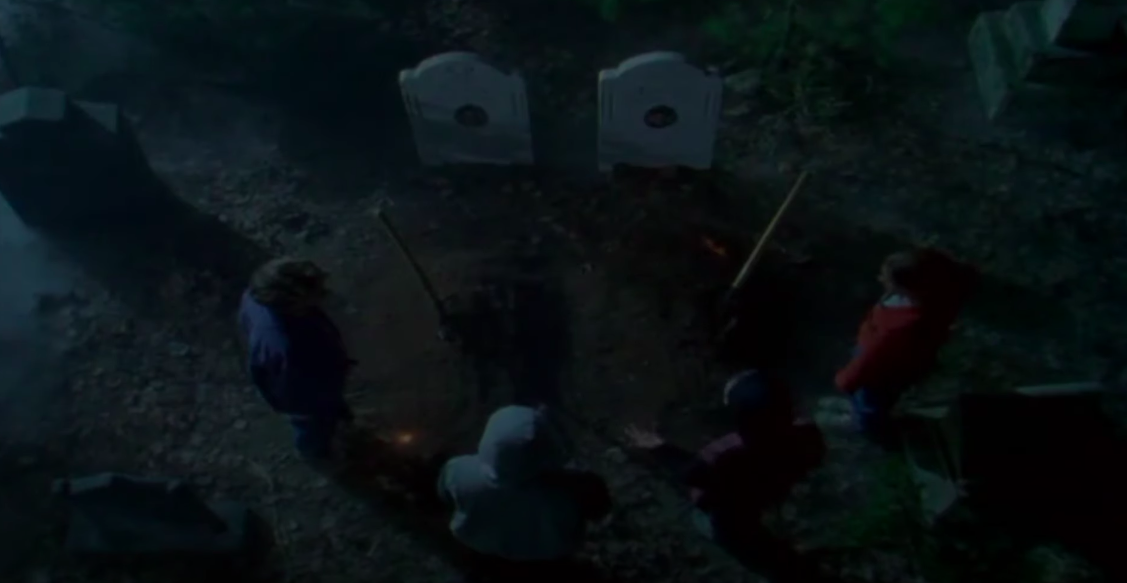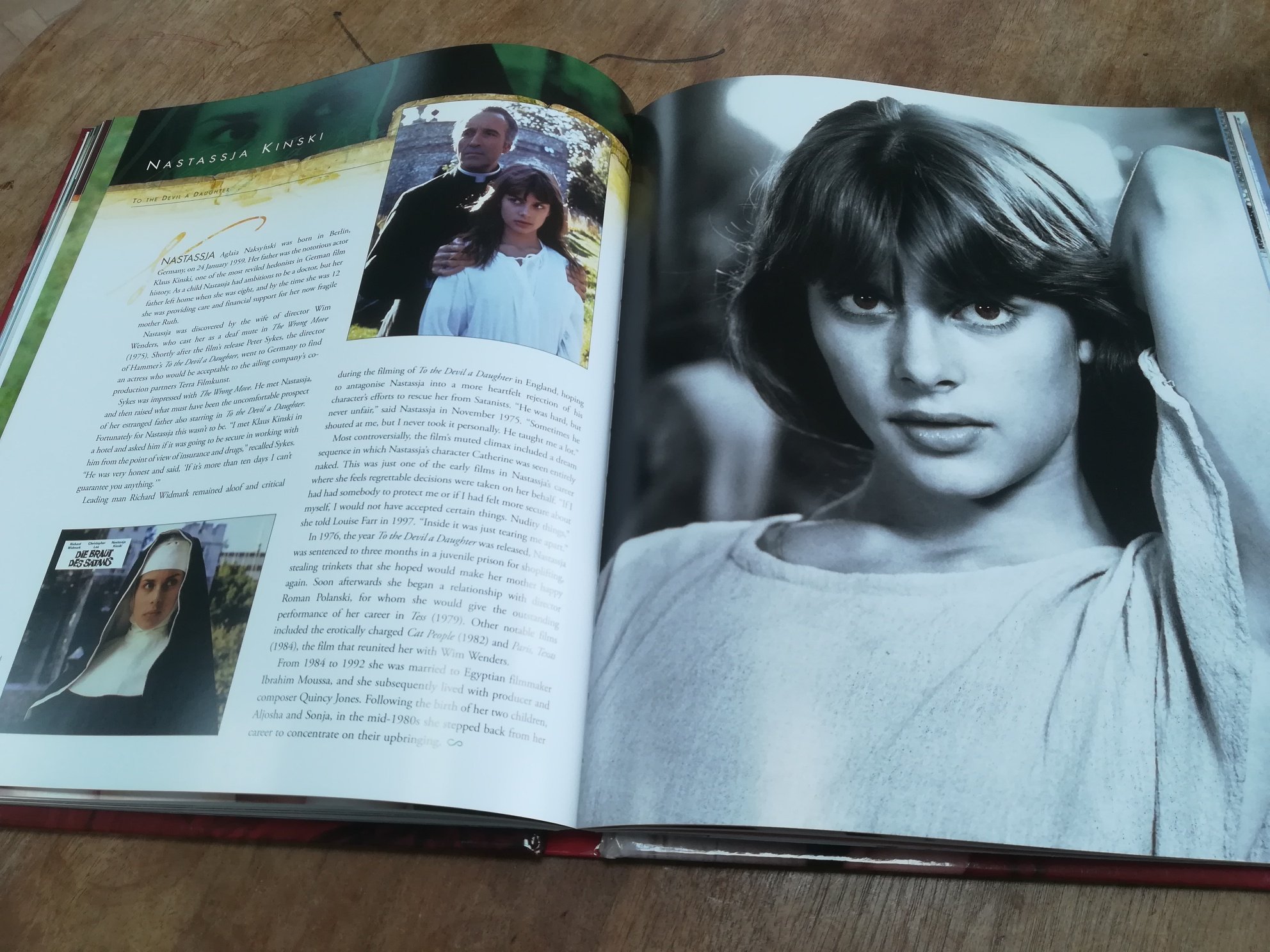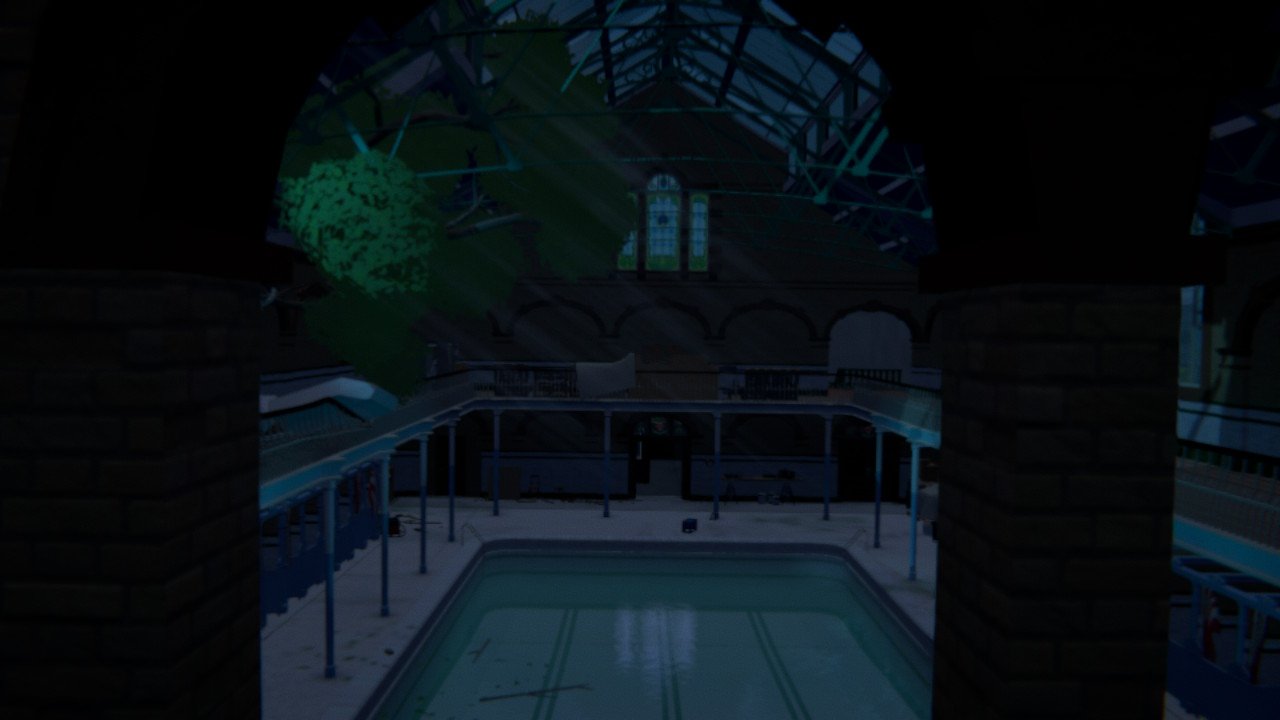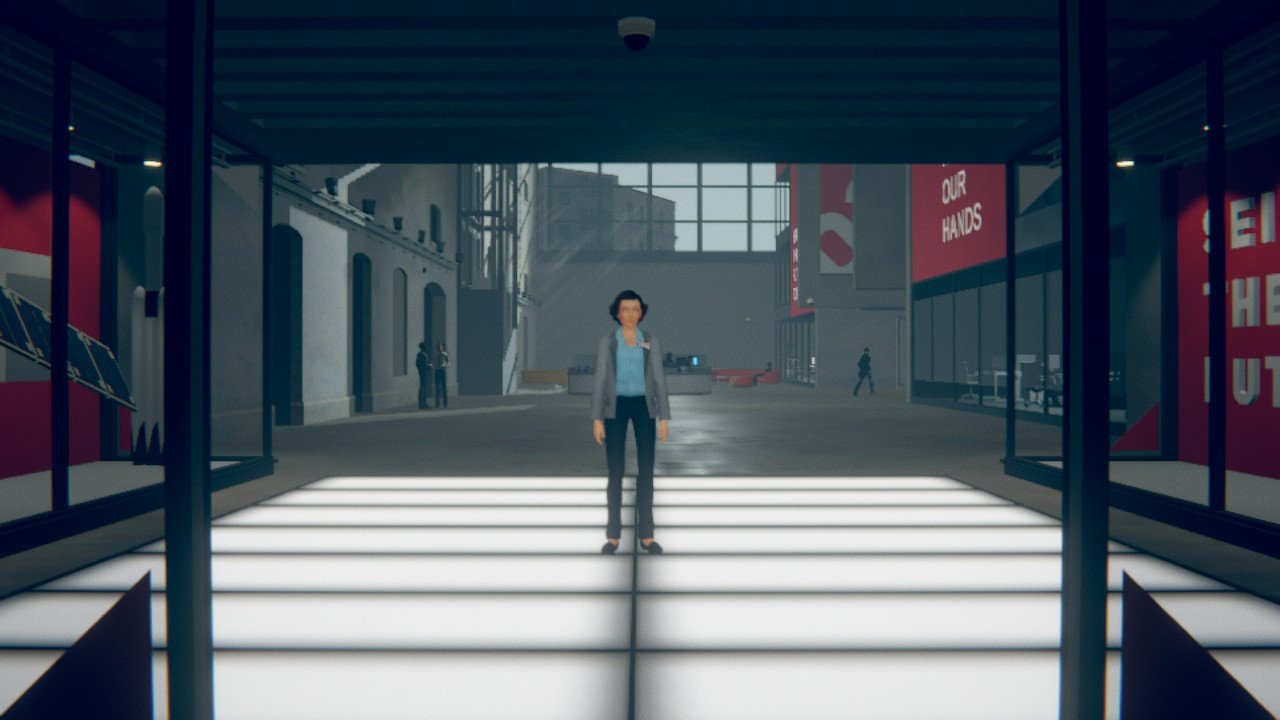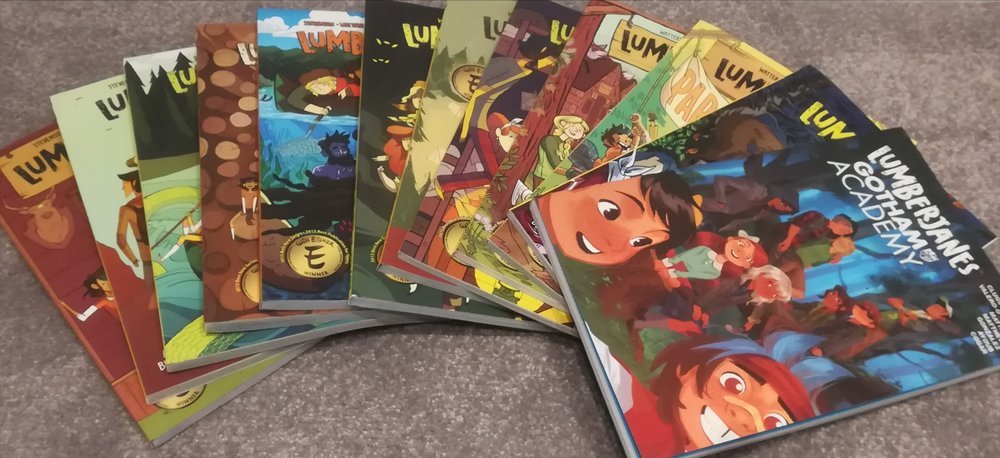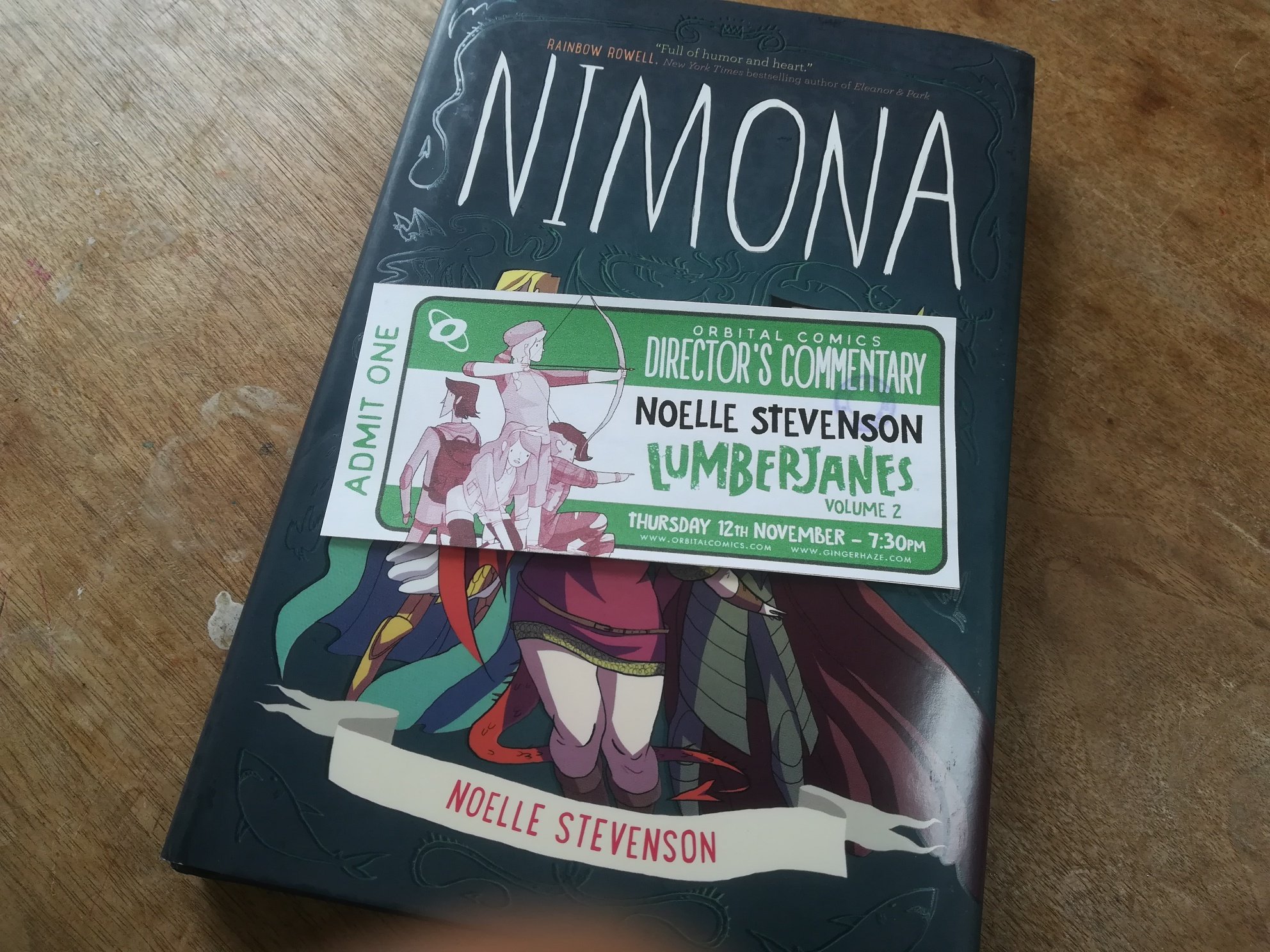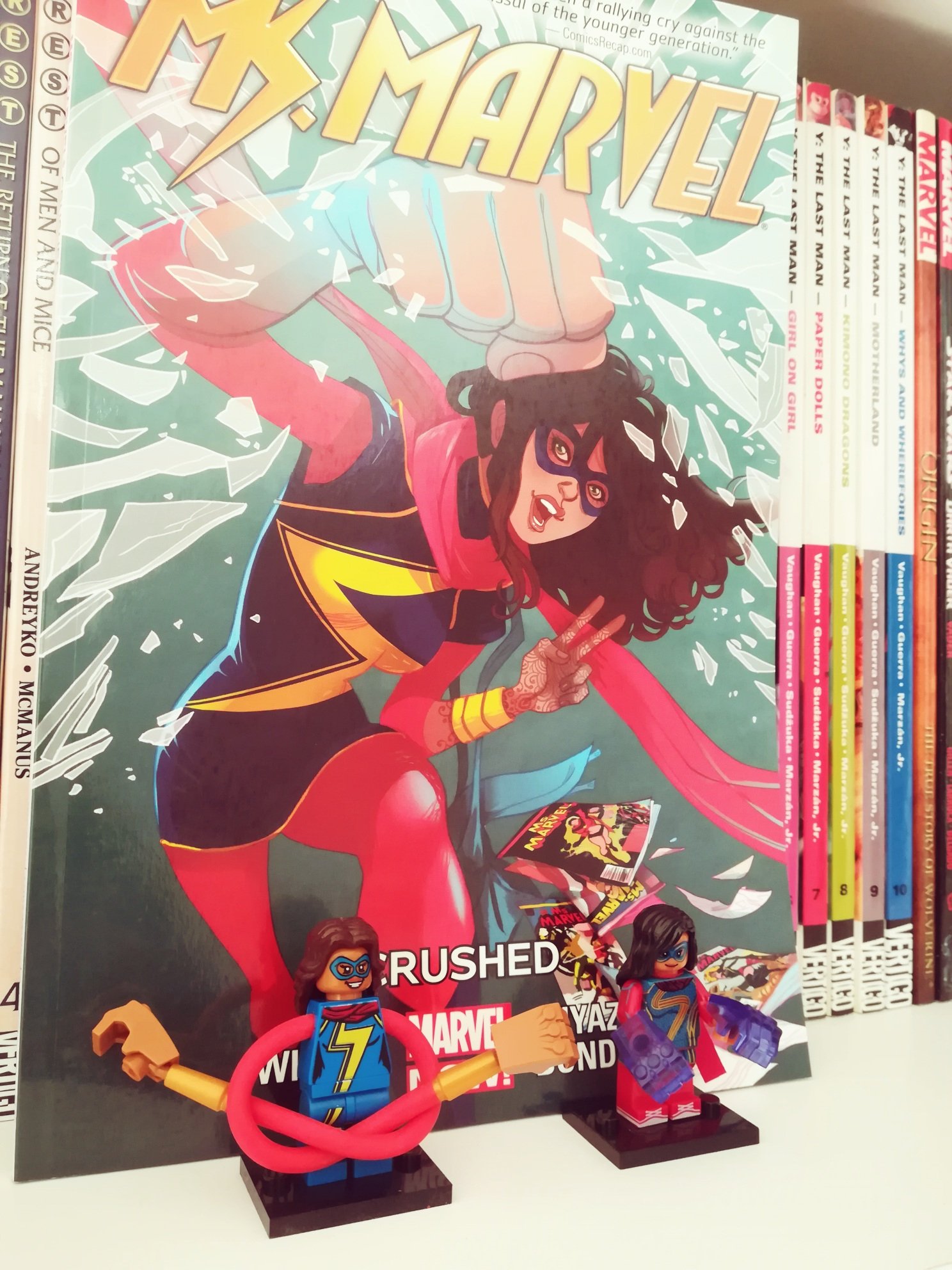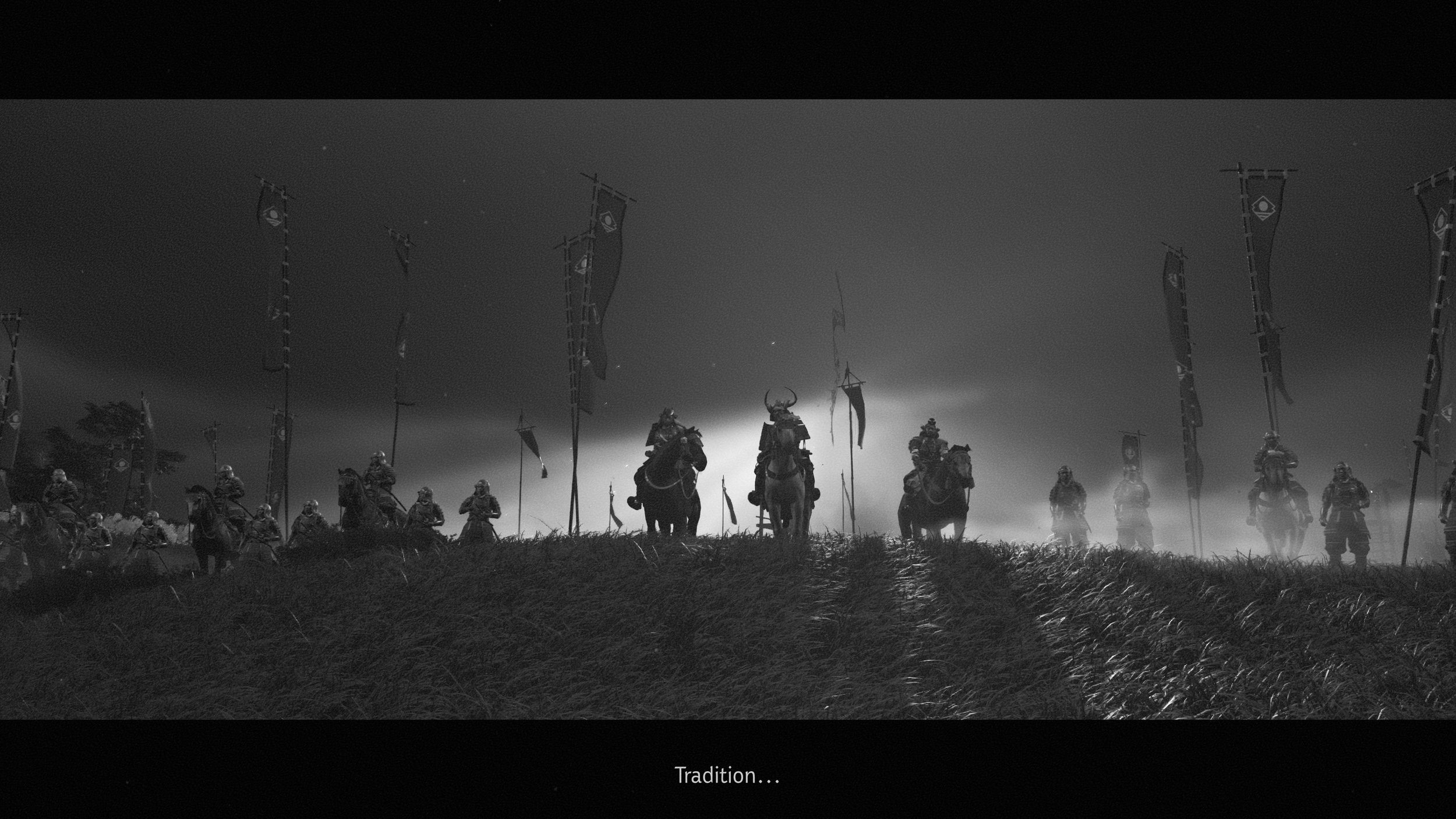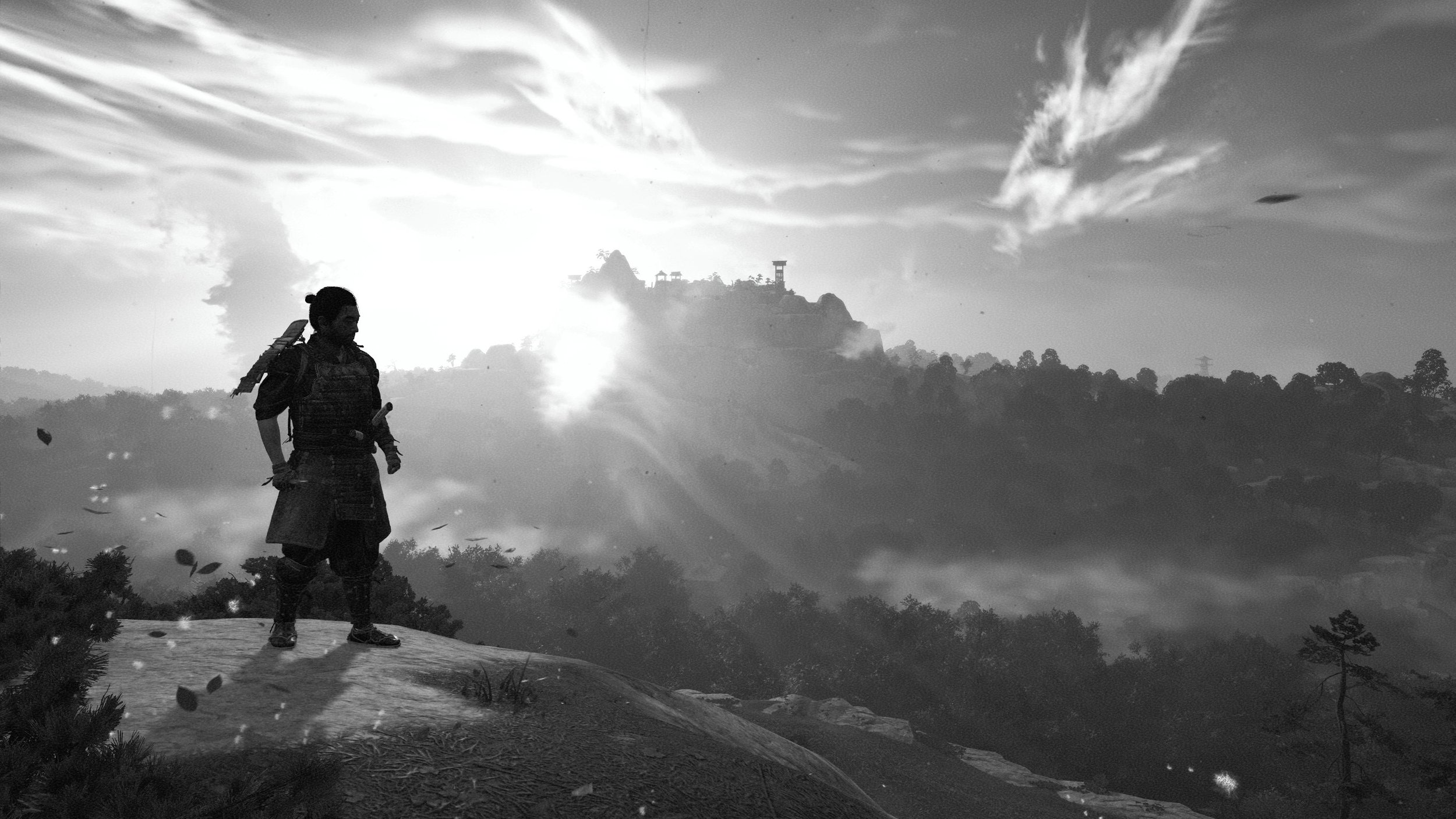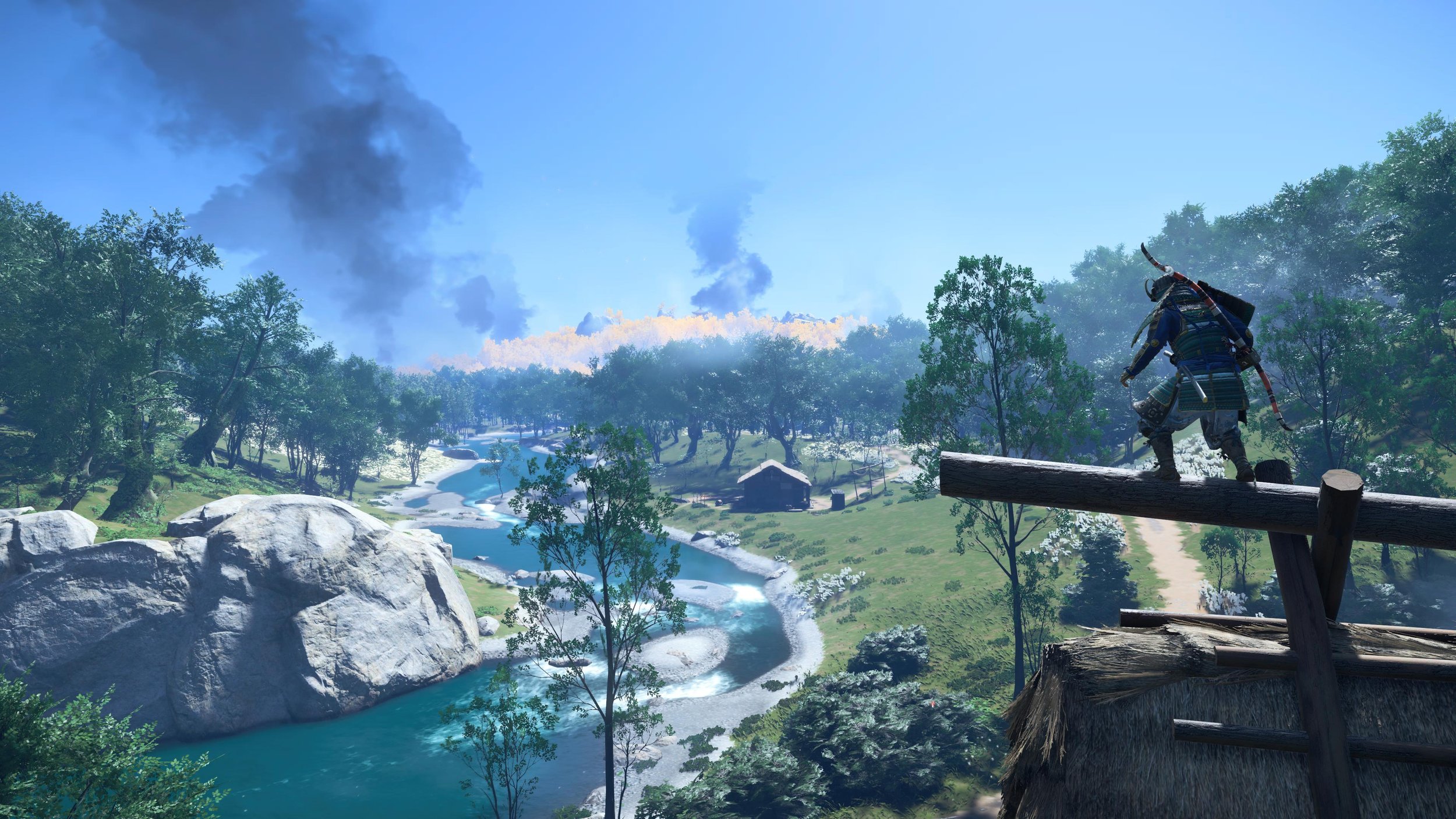Nigel Kneale is one of the great British horror writers, gaining prominence with his Quatermass trilogy and other sci-fi/ supernatural works in T.V. drama including The Stone Tapes and Beasts. Over his 50 year career, Kneale wrote many pieces that are still considered high televisual watermarks. What is less well known is that he did go to Hollywood and ended up working on a draft for the film that would become Halloween 3: Season of the Witch. His draft was based on his interest in folk tales and witchcraft but there was a desire for more gore and blood so he left the project, washing his hands of the whole affair.
Some say the Halloween name cursed the film, encumbering with it the ghost of Mike Myers.
I knew that upon it's release the film had flopped but had become a bit of a reevaluate cult classic over time- appreciated by a new audience who saw the lack of the main man Mike Myers as bold. It could be seen as an audacious act to move away from the sequelitis with diminishing returns that plagued many other horror franchises from the time or, as John Carpenter admitted at the time, a chance to create something different: an anthology series which altered the story to something different.
Based on this fascinating back story I knew I just had to watch this movie so I ordered a DVD copy and on a dark evening in October, I sat down to watch this reevaluated horror.
The film starts promisingly enough with an elderly man holding a pumpkin mask and running away from some assailants who are pursuing him in a car. Whilst he manages to escape, he collapses and a kindly petrol station attendant takes him to the hospital where his assailant kills him before killing himself.
What follows is unusual as a lothario of a middle-aged doctor, played with great skill by Tom Atkins, persues the case. He isn't some handsome or dashing hero but rather an everyman just trying to figure out what is going on. With the able accompaniment of the victims daughter, Ellie played by Stacey Nelkin, they try to get to the truth by going to the factory town of the mask manufacturers, The Silver Shamrock Company.
I have to say that I found the movie to be solid and well worth my time . It was a moody mystery with an intriguing premise. The Men in Black figures were menacing and, whilst violent, it wasn't all gore or splatter porn; it was more considered and ritualistic. The film is problematic for the relationship between a much older man and a younger woman grieving the loss of her father but, for the time or came out, it wasn't as mysoginistic or as problematic as many films from the time.
What it does put in its sights is consumerism, the power of advertising and corporate overreach. I'm not sure that a film as subversive or as anti-franchise as this obviously was would be made in this day and age. Where SEO, brand recognition and franchise potential is all carefully considered, something as leftfield as this would be considered too risky.
The film is a great horror piece and shows the potential the anthology idea had. It's a shame it wasn't taken forward but at least we have this curio to appreciate and champion.
